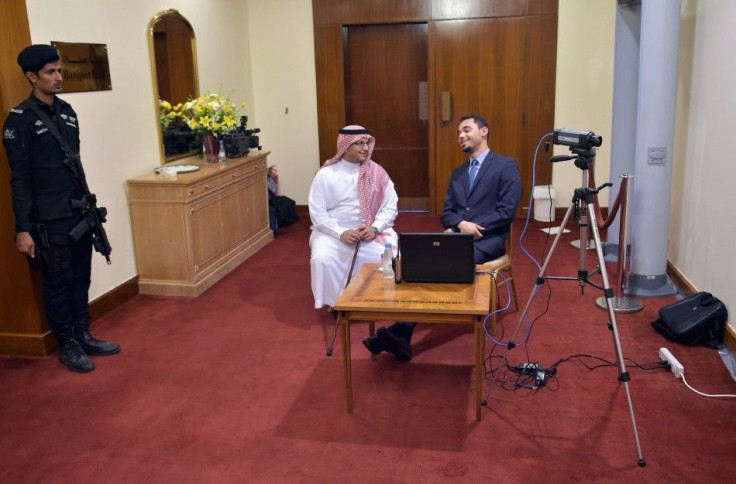MERS-CoV in US: Third Case Infected Due to Person-to-Person Contact, Health Authorities Reopen SARS Handbook

The U.S.' Centers for Disease Control and Prevention (CDC) has scrambled to reopen and review the policies and procedures it used to combat and manage the deadly 2003 SARS after the third patient in the country got infected with the deadly Middle East Respiratory Syndrome coronavirus (MERS-CoV) through person-to-person contact.
The third case, an Illinois man, contracted the virus from the Indiana man who was the first confirmed case in the U.S. The Illinois man reportedly had two business meetings with the Indiana man in late April.
During their meetings, it was learned they spent 40 minutes discussing matters within 6 feet of each other, and then shook hands, according to the CDC.
David Swerdlow, CDC's point person on MERS, said the Illinois man "was likely infected with MERS, but technically he doesn't count as an official case," noting the results of a polymerase chain reaction test came off negative for the Illinois man.
That meant that while the Illinois man got infected, his was not an active infection. He probably developed antibodies to fight the virus, the CDC said.
But because he was the first confirmed MERS-CoV transmitted case in the U.S., authorities still chose not to take things lightly, regardless of the guidance set by the World Health Organisation that an active case requires evidence of a live virus.
The case of the Illinois man has prompted the CDC to reopen and review its SARS handbook.
"A lot of the transmission in SARS was in healthcare settings and healthcare workers who were providing care to people who got sick and that is what we're seeing with MERS," Thomas Skinner, CDC spokesperson, told The Hill. "Over the past couple of years we've been working with state health departments and hospital associations to prepare for the arrival of this virus."




















